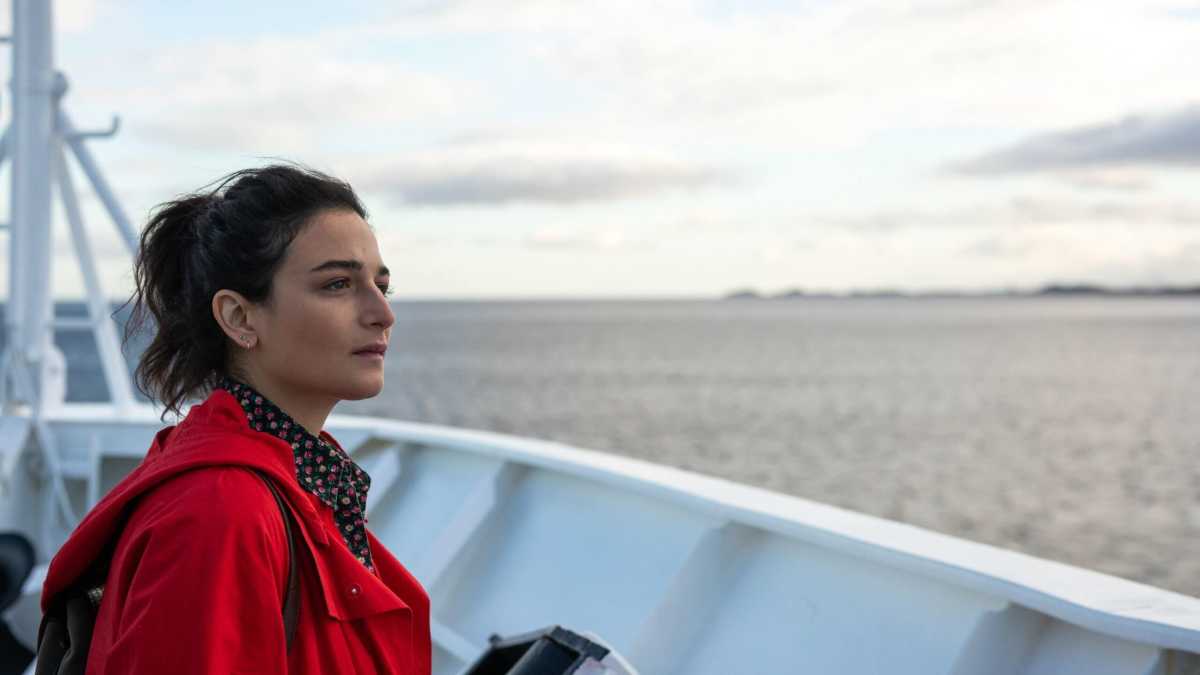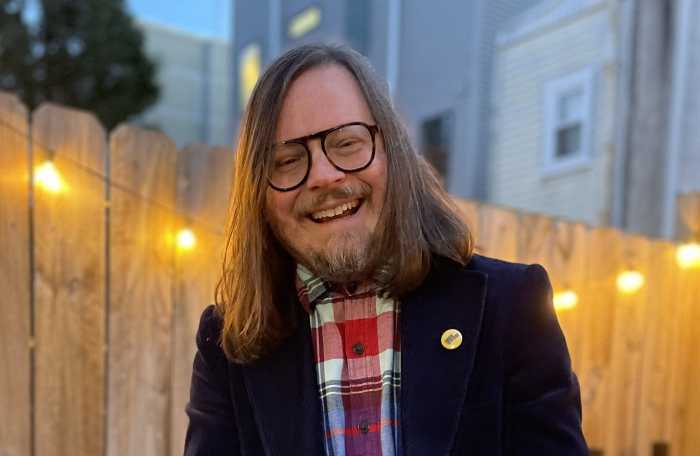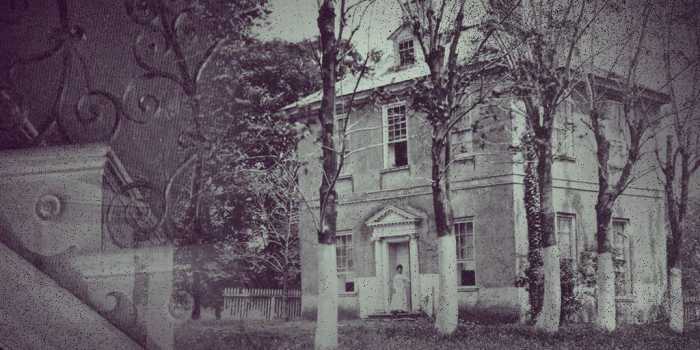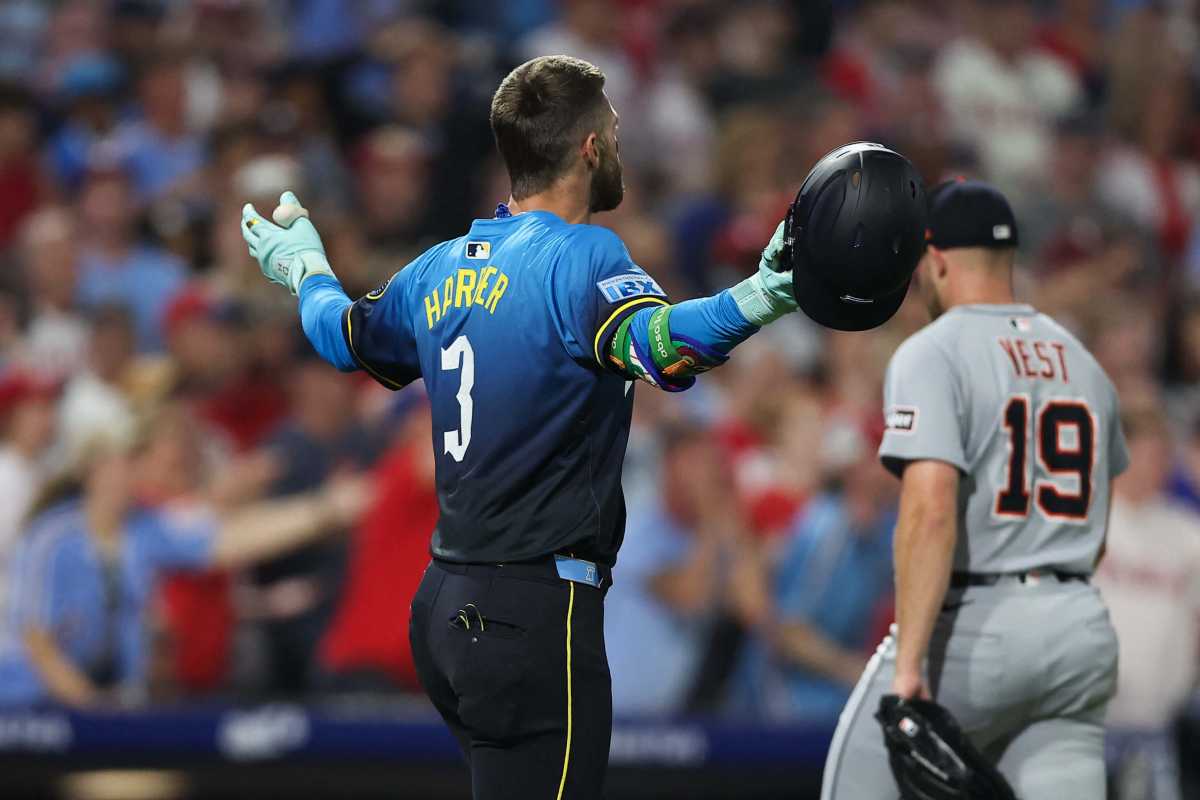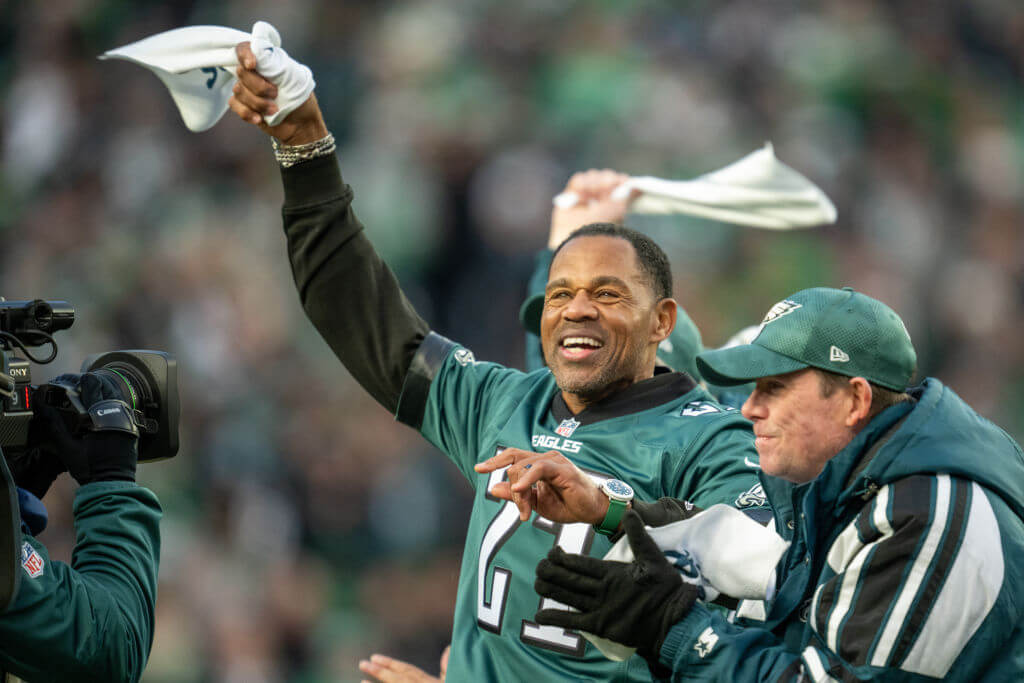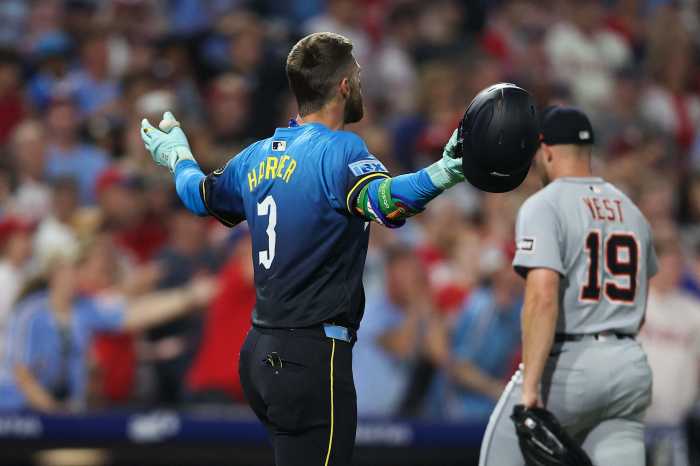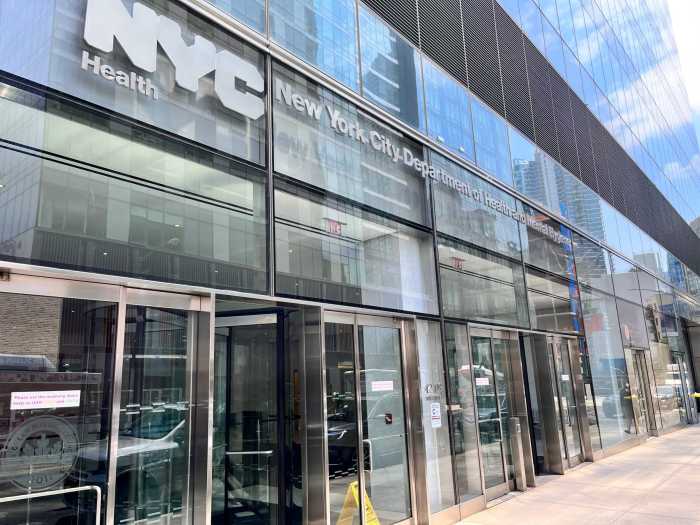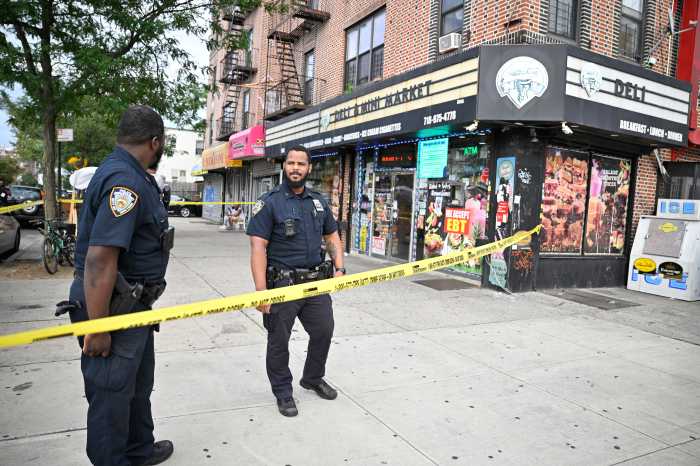Some works of art take a bit of time to truly unfold, and for writer Rebecca Dinerstein Knight, the whole experience with her new feature film starring Jenny Slate, ‘The Sunlit Night,’ was truly a journey. Dinerstein spent ten years working on the story, first penning it as a novel that came out in 2015, and then almost immediately beginning to adapt the plot from the pages of a book to the binder of a screenplay. Dinerstein, Slate and the cast and crew virtually re-imagined the original story to make it fit for the screen and the result of such a process is said by Dinerstein to be the “richest possible artistic experience a writer could have.”
‘The Sunlit Night’ follows Frances, an aspiring painter who picks up her life in New York City and moves to the Arctic of Norway in hopes of re-igniting some creativity in her work. While there, Frances meets a slew of colorful and eccentric characters (a few played by Zach Galifianakas and Gillian Anderson) who are all on their own personal journeys as well. Through a series of somewhat unfortunate events (breakups, a funeral, and a smattering of Vikings), what Frances discovers ultimately is a way to move forward and some light in the darkness.
For the author/screenwriter, this story is more than personal. Although Dinerstein did experience similar circumstances, her story evolved from much more than an inspiration, it became an experience of growth both artistically and personally. Dinerstein sat down with Metro to discuss more on what went into making ‘The Sunlit Night.’
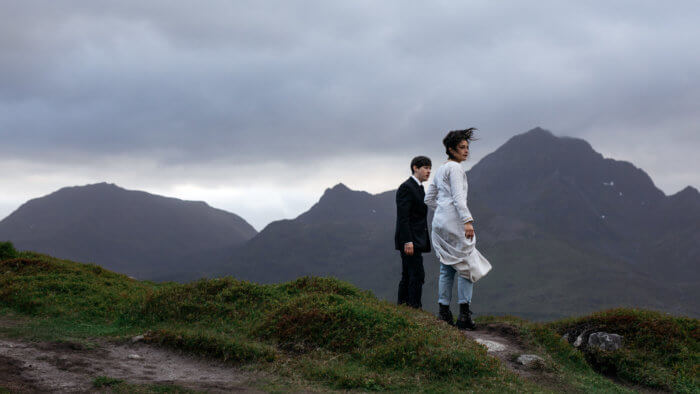
Where did the inspiration for the original novel come from?
I made a deal with myself when I left college that I would go as far north on the planet as I could. I received a poetry grant to write a book of poems, and I never really expected to have support to write poetry ever again, so I wanted to go to the most extraordinary place. I decided I would go to the edge of the earth, and from there it was total serendipity. I had a college professor who had met some people on a mountain who had a son who worked in Oslo and that guy had an uncle who lived in the Arctic. I truly packed a suitcase and shlepped up to the Arctic at random and then lived there on this island in the Norwegian Sea for one year. I wrote that book of poems which was about the two extremes in the Arctic seasons with the sun never rising in the winter and the sun never setting in the summer, but because I was completely alone in this ex-mental asylum on an island, I had enough time to write the first draft of a novel. That became the film. I took it back to New York and edited, and it came out in 2015, and before it had even come out, Jenny [Slate] had read and loved it and we’ve been making this movie ever since.
So was it when Jenny Slate read it that you decided to make the story for the big screen?
Actually, two things happened almost simultaneously. The first is that I walked past Jenny as a stranger in Cobble Hill Park in Brooklyn and gave her a silent round of applause and she blew me a kiss. Because of that, my editor at Bloomsbury sent her an early copy of the book, and she wound up really connecting to it and writing me one of the most meaningful responses to the book that I’ve ever received. That happened in late 2014, and then in the summer of 2015 when the book came out, the production company Beachside, which is a division of Big Beach called me in to talk about optioning it, and when my wonderful producer asked if I had any casting ideas I was able to say Jenny Slate has an incredibly powerful connection to this work, and she was basically attached the next day.
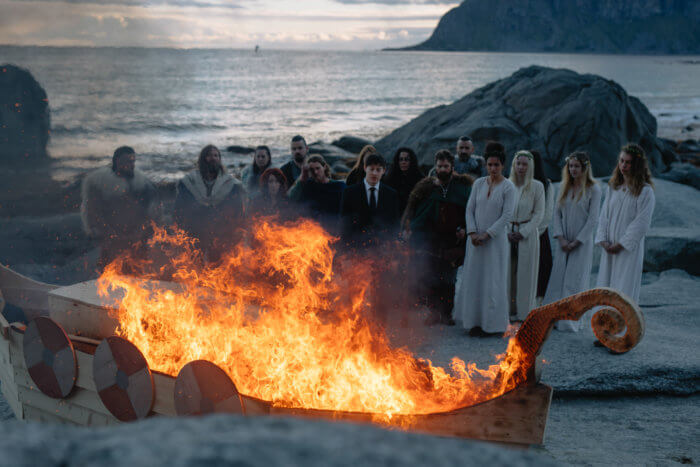
How was that process of adapting the novel to a screenplay for you?
It was incredibly challenging. It was almost like a full degree of education in itself just because starting from a 250-page piece of writing and getting it down to a 100-page screenplay requires so much compression and so much focus. One is able to tell almost an infinite number of stories in the course of a novel whereas it’s really important to know which story you’re telling for the screen. I had never adapted before, and I had never worked in the screenplay format before, so it was incredibly generous that the producers allowed me to try—and I made a lot of mistakes. I tried to get too much of the novel in the screenplay at first and it took many, many drafts and even shooting the movie before we could clearly see that the only story that fits in its entirety for this film is Francis. We had a lot of footage that didn’t make it into the film that’s true to the book, but it didn’t fit into the flow of this particular screenplay. It was immensely valuable for me to watch that process of making decisions and keeping things clear and central. I think the movie is now exactly where it wants to be, but it took many drafts to get there.
I love the balance of examining these really tough experiences in life—break-ups, funerals etc, but also mixing in these comedic moments with it. Why was that balance important to tell the story?
That balance is very much essential to what the movie is trying to bring to the audience. It took a long time to get there because the movie is telling so many stories and it is so dominated by the intensity of the landscape that it’s sometimes hard to know how to hold both of those feelings at once. How to hold the frustration and the humiliation and the grief that is so much a certain aspect of the storyline while also delighting in the strangeness and the funniness and the total surprise of encountering these really eccentric characters and these really unlikely locales at the top of the world. It’s all genuine. This is an island that I lived on, and there’s a real Viking museum there, and it really is as whacky as it seems. It’s one of those things you could look at and say the truth of those environments is as it is portrayed here in this piece of fiction, and the emotional truth of the loss and the family heartbreak is also completely authentic to the characters.
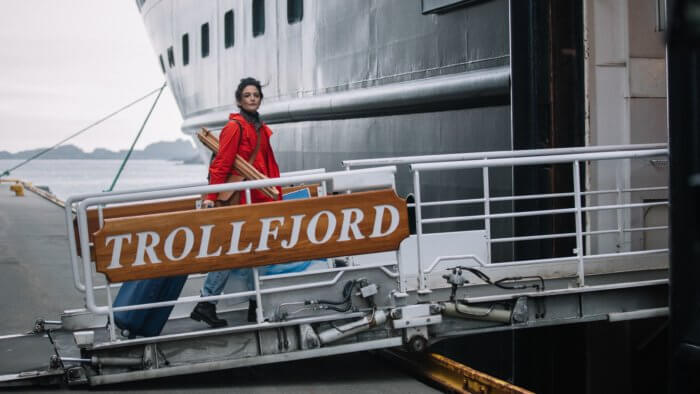
Overall, what do you hope audiences take away from the film?
I hope they come away with a feeling of grace of the natural world and the grace of finding our way through it, the serendipity of unlikely relationships and the strength of solitude and one’s own work. I hope that audiences feel the beauty that’s running through it and also connect to the tenderness. It’s a harsh landscape that it portrays, but it’s full of light. I hope that it can encourage people to pursue their own projects and also keep their eyes open to the world while their heads are down and in their own work.
‘The Sunlit Night’ drops on VOD July 17.



